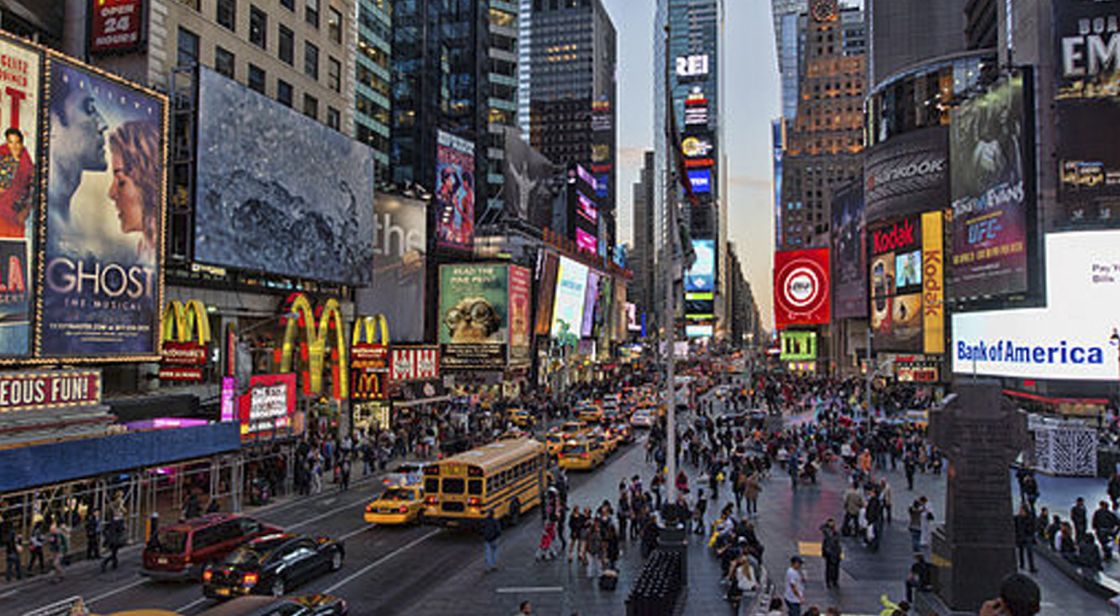Building on the idea of walkability as a key to a successful future for the American city as discussed in Part 1 and 2 of this series.
Historically, architects have played a significant role in shaping the American city. Today’s cultural shift to reshape the urban fabric of the American city provides another opportunity for significant change, and our profession is especially positioned to affect this change. Architects intricately study a building’s use from the perspective of the people using the building. No building type is exempt. The building’s design evolves from the people inside of it.
One of the most critical aspects of the city of the future is that it must be designed for people. While this may sound like a truism, in the latter half of the 20th century, too much emphasis was placed on how to get cars to move through cities. As a result, the experience of being a pedestrian in a city suffered greatly. The city of the future will place far more importance on mass transit and bicycle infrastructure. Some cities have existing “bones” for transit infrastructure, but in places that don’t, improved bus lines and rapid transit are great ways to improve intra-city mobility.
Public parks and plazas are often the first thing that comes to mind when considering public spaces, but there is a public arena that is often overlooked that may prove to be even more critical: STREETS. In total, a city’s streets are actually its largest public space, as former NYC Planning Director Jeanette Sadik-Khan is fond of point out. Creating streetscapes that facilitate human mobility, but also encourage human interaction is vital to creating a city that people will want to be in. Furthermore, these streets will be safer places for children, creating an environment where all generations feel welcome. There is an opportunity to reimagine what the city should look like for its users – the people. As architects we do this all the time for individual buildings, but there is a tremendous opportunity for us to take an active part in shaping the built environment on a grander scale. We won’t simply think about how does one individual building look and function, but how does it fit into and add to a great urban fabric? How does this building affect not only its intended users, but all citizens of the city?

